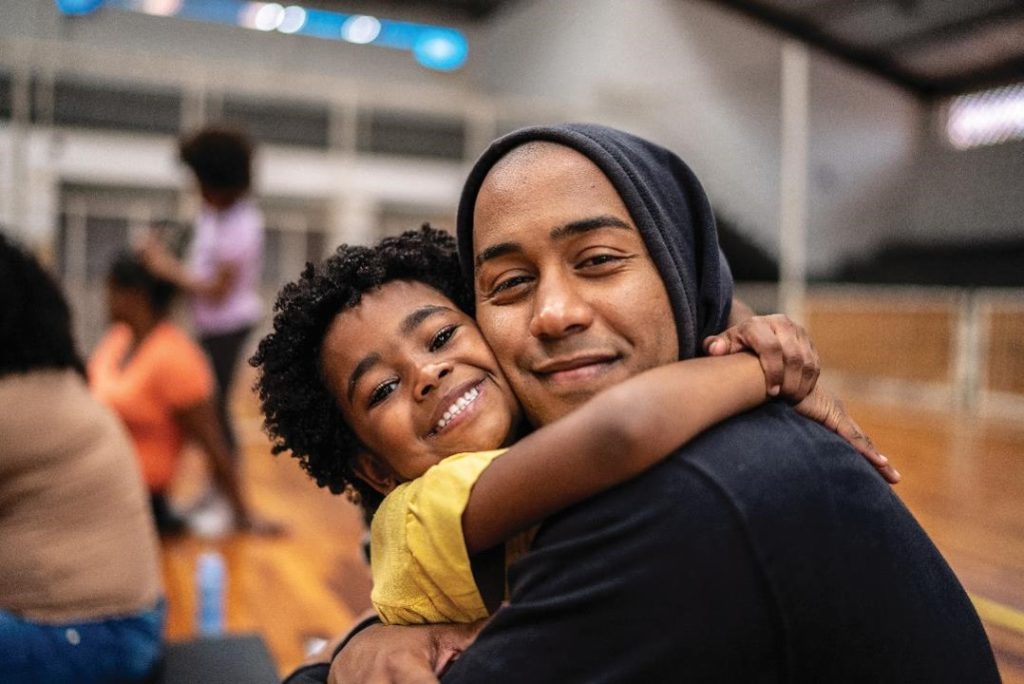 The Supreme Court’s ruling in City of Grants Pass, Oregon v. Johnson calls fresh attention to the nation’s homelessness crisis. In its decision, released last week, the Court ruled that local ordinances with civil and criminal penalties for camping homeless on public land do not violate the Eighth Amendment’s protections from cruel and unusual punishment.
The Supreme Court’s ruling in City of Grants Pass, Oregon v. Johnson calls fresh attention to the nation’s homelessness crisis. In its decision, released last week, the Court ruled that local ordinances with civil and criminal penalties for camping homeless on public land do not violate the Eighth Amendment’s protections from cruel and unusual punishment.
But neither the use of legal force to clear homeless encampments nor the adoption of a permissive attitude towards them will move the needle for the millions of Americans living on the brink of homelessness. If anything, viewing the issue in terms of criminality serves to obscure the underlying causes of why people become homeless.
When you see someone sleeping on a park bench or begging on the street, your mind likely gravitates towards a simple explanation: Drugs. Alcoholism. Untreated mental illness. Shiftlessness. A life of crime. The impulse is understandable. We want to make sense of the world—to be able trace effects back to commensurate causes. To reassure ourselves that nothing so terrible will ever happen to us.
But reducing homelessness to addiction and mental illness fundamentally misunderstands the problem. Yes, many of the most visibly homeless—those camped out in public—are in the throes of mental illness or substance abuse. But they aren’t representative of most people struggling to avoid homelessness today.
The Society of St. Vincent de Paul, the charitable organization I lead, works alongside the poor and marginalized in over 1,000 cities across America. Many of the people we work with are facing eviction or have nowhere to stay. And do you know the demographic profile typical of those on the brink of homelessness?
Single-parent families. Or, more precisely, “a single custodial adult raising minor aged children.” Not a drug-crazed criminal or a shiftless welfare bum. It’s men and women trying desperately to juggle child care with keeping a roof overhead.
Many such people at risk of homelessness today would have been, in simpler times, “the working poor.” But as families and communities have broken down, the burden of providing has shifted onto frailer, lonelier shoulders. And as inflation continues to wreak havoc on families’ budgets, more and more single-parent families stand on the brink of homelessness. One car wreck, hospital stay, or layoff can dislodge a family from a home and put them out on the streets.
Now, do these people come with flaws and baggage? Of course they do! Broken relationships, trauma, illness, substance abuse—you can find the full assortment of failings, bad luck, disaster, and wounds. But recognizing sources of suffering doesn’t allow us to sweep it dismissively under the rug.
Consider two examples drawn from homelessness prevention programs in mid-sized U.S. cities.
Eric heads a family of five, whose lives were upended when their landlord told them he “wanted to move in a different direction” and gave them 30 days to move out. In a hot real estate market, Eric couldn’t find a new place quickly enough. So his family started bouncing between hotels and sleeping in his truck, trying to make it through while saving enough for a security deposit on a new home.
Elena is 29 years old, the single mother of an eight-year-old son. Both her parents were addicts, and she’s struggled her whole life with severe ADHD and anxiety. The father of her son is abusive, and Elena’s landlord refused to renew her lease after she called the police during an incident when the father attacked and beat her. When she was hospitalized with heart troubles shortly thereafter, she lost her job, too.
The stakes are incredibly high for families like Elena’s and Eric’s. Studies show that living unhoused or at risk of homelessness leads to heightened levels of stress, hunger, sleeplessness, lack of safety, and illness. For children, it means delayed early development, reduced school attendance, and increased risks of behavioral, academic, or psychiatric disorders.
In short, “brink of homelessness” is a recipe for long-term, multi-generational disaster. That’s why homelessness prevention programs are such a good long-term investment for communities to make.
When you work with the unhoused, you quickly realize that there are a million different paths to becoming homeless—and thus no ready-made solution for it. “Tough love” or more stringent law-and-order policies aren’t what most of these families need.
Nor is it sufficient to just place homeless or at-risk families in new housing. Families like Elena’s and Eric’s need support as well as a roof overhead. That support can include everything from assistance with transportation and child care to job searches, mental health counseling, financial literacy, parenting skills, addiction recovery, and health care.
Homelessness prevention programs can succeed insofar as they are personal and flexible. There’s no one-size-fits-all solution for single parents or grandparents struggling to stay afloat when a crisis hits. They might need help finding a job or repairing a car. They might need child care or a trip to the doctor’s office. They might need help paying a utility bill or working with a landlord to keep eviction off the table.
But solutions can be found. And they save lives. But we must look through a lens of compassion, not criminalization, to see what’s possible—and to see who most needs our help in avoiding homelessness today.
Read John’s original piece in Newsweek.
John Berry is the President of the National Council of the United States, Society of St. Vincent de Paul—a 90,000 member faith-based volunteer organization that provides support to people in need at over 4,000 locations in the United States.



thanks for info.